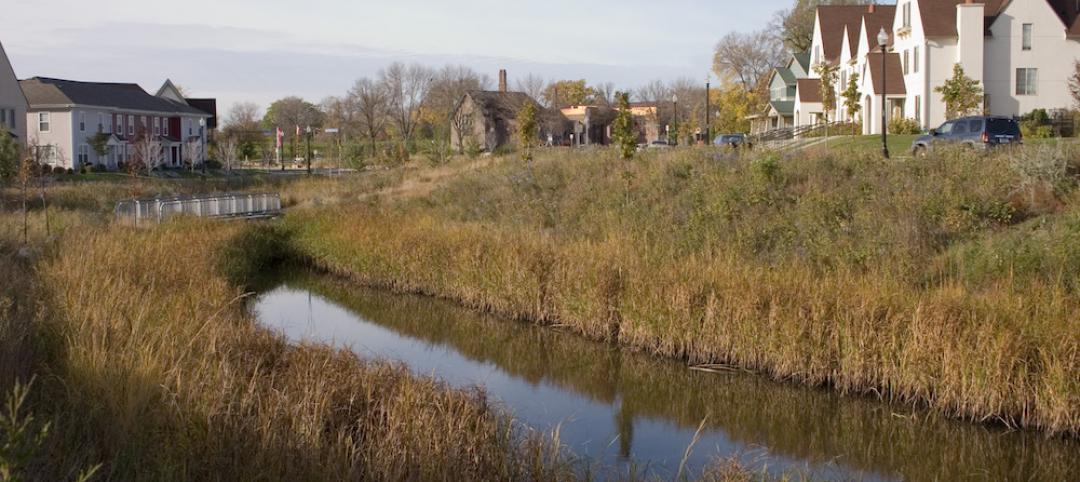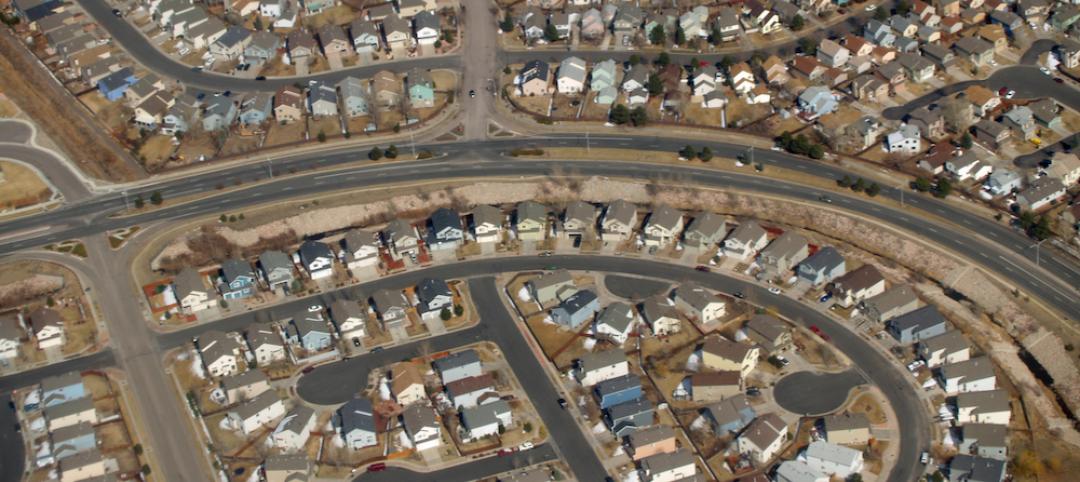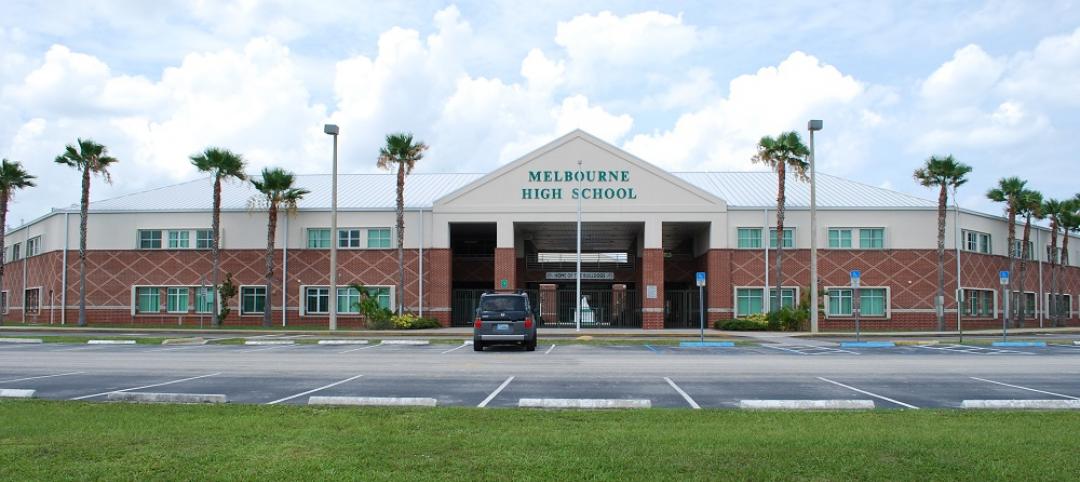The Obama Administration has pledged $1 billion in federal funding to protect the New York City region from flooding like the area experienced from Superstorm Sandy.
The money will go towards the construction of a system of dikes around the tip of lower Manhattan, and water pumps and parks across the Hudson River in New Jersey.
Six projects were chosen from a design competition created by a Hurricane Sandy Rebuilding Task Force and are intended to safeguard low-lying coastal areas. The projects include “The Big U,” an 8-mile long system of dikes around the tip of Lower Manhattan, a series of natural breakwaters—oyster beds and other living reefs—that could absorb storm waters heading for Staten Island, and an initiative to help drain stretches of Long Island.
In northern New Jersey, two projects will create green space to slow storm surges, install water pumps to discharge the runoff, and create additional wetlands and a multi-purpose berm. The projects still must undergo government review, and it would likely be many years before they can be completed.
(http://nypost.com/2014/06/03/feds-announce-projects-to-protect-nyc-and-nj-from-storm-damage/)
Related Stories
Codes and Standards | May 20, 2016
Industry leaders call for wider use of bamboo as a building material
Benefits include seismic resiliency and sustainability.
Codes and Standards | May 19, 2016
Asphalt roofing group publishes updated shingle installation guide
Technical manual provides best practices for roofing professionals.
Codes and Standards | May 16, 2016
EPA proposes new stormwater discharge regulations for construction sites
Would apply to sites of one or more acres.
Roofing | May 16, 2016
New guide focused on increasing energy and structural performance with raised-heel trusses
Higher trusses simplify attic ventilation, leave more space for insulation.
Codes and Standards | May 11, 2016
Current California seismic codes provide safety, resiliency, but needed upgrades present challenge
Los Angeles requires seismic retrofits, but other cities do not.
Codes and Standards | May 10, 2016
Apple spars with Cupertino, Calif., mayor over strained city infrastructure
Apple’s new ‘spaceship’ campus project prompts questions about whether the company should pay more to offset traffic woes.
Codes and Standards | May 9, 2016
Safety Stand-Down yields proposals to boost construction safety
One example: Gilbane encourages safety harnesses for all working above 6 feet.
Codes and Standards | May 9, 2016
EcoDistricts unveils sustainable neighborhood framework
Focus is on equity, resilience, and climate protection.
School Construction | May 3, 2016
Florida clamps down on school construction spending
Critics fear rules will hamper ability to build schools with desired features.
Resiliency | May 2, 2016
Connecticut to develop new code standards for resiliency
Expected more frequent severe weather events due to climate change prompts review.

















